Urgent Funding Message from MITA
/
This information was passed along to WATS by the Michigan Infrastructure & Transportation Association.
URGENT CALL TO ACTION: MAKE YOUR VOICE HEARD
A three-year effort to increase transportation investment in Michigan all comes down to a single day— this Thursday, the final day of debate for the lame duck session.
Policymakers are considering a transportation investment plan that would provide an additional investment of $1.5 billion per year. In short, the legislation would get rid of the state’s per gallon gas and diesel tax and replace them with a percentage tax based on the wholesale price of fuel. The funding package would also adjust vehicle registration fees and close various loopholes. (The bill numbers are House Bills 4577, 6749, 6750 and 6752.)
Your help is needed!
Legislators often tell us that they never hear from constituents regarding this issue. This is your chance. We strongly urge you and all your employees to call your legislators beginning today through Thursday and ask for their support for the transportation investment plan. Go to: http://mi-ita.com/legislative_contact.asp to find your representative and senator.) Tell them how important jobs and the economy are to our state. Ask to speak to your elected official directly. If they are not available or you get a voicemail, leave them a message encouraging their support. Feel free to make a follow up call again on Thursday to ask how your legislator is going to vote.
The Legislature must not put off action until next year—they MUST act on Thursday.Please contact Mike Nystrom at mikenystrom@mi-ita.com or Keith Ledbetter at keithledbetter@mi-ita.com or call the MITA office at 517-347-8336 with any questions or comments.
URGENT CALL TO ACTION: MAKE YOUR VOICE HEARD
A three-year effort to increase transportation investment in Michigan all comes down to a single day— this Thursday, the final day of debate for the lame duck session.
Policymakers are considering a transportation investment plan that would provide an additional investment of $1.5 billion per year. In short, the legislation would get rid of the state’s per gallon gas and diesel tax and replace them with a percentage tax based on the wholesale price of fuel. The funding package would also adjust vehicle registration fees and close various loopholes. (The bill numbers are House Bills 4577, 6749, 6750 and 6752.)
Your help is needed!
Legislators often tell us that they never hear from constituents regarding this issue. This is your chance. We strongly urge you and all your employees to call your legislators beginning today through Thursday and ask for their support for the transportation investment plan. Go to: http://mi-ita.com/legislative_contact.asp to find your representative and senator.) Tell them how important jobs and the economy are to our state. Ask to speak to your elected official directly. If they are not available or you get a voicemail, leave them a message encouraging their support. Feel free to make a follow up call again on Thursday to ask how your legislator is going to vote.
The Legislature must not put off action until next year—they MUST act on Thursday.Please contact Mike Nystrom at mikenystrom@mi-ita.com or Keith Ledbetter at keithledbetter@mi-ita.com or call the MITA office at 517-347-8336 with any questions or comments.








